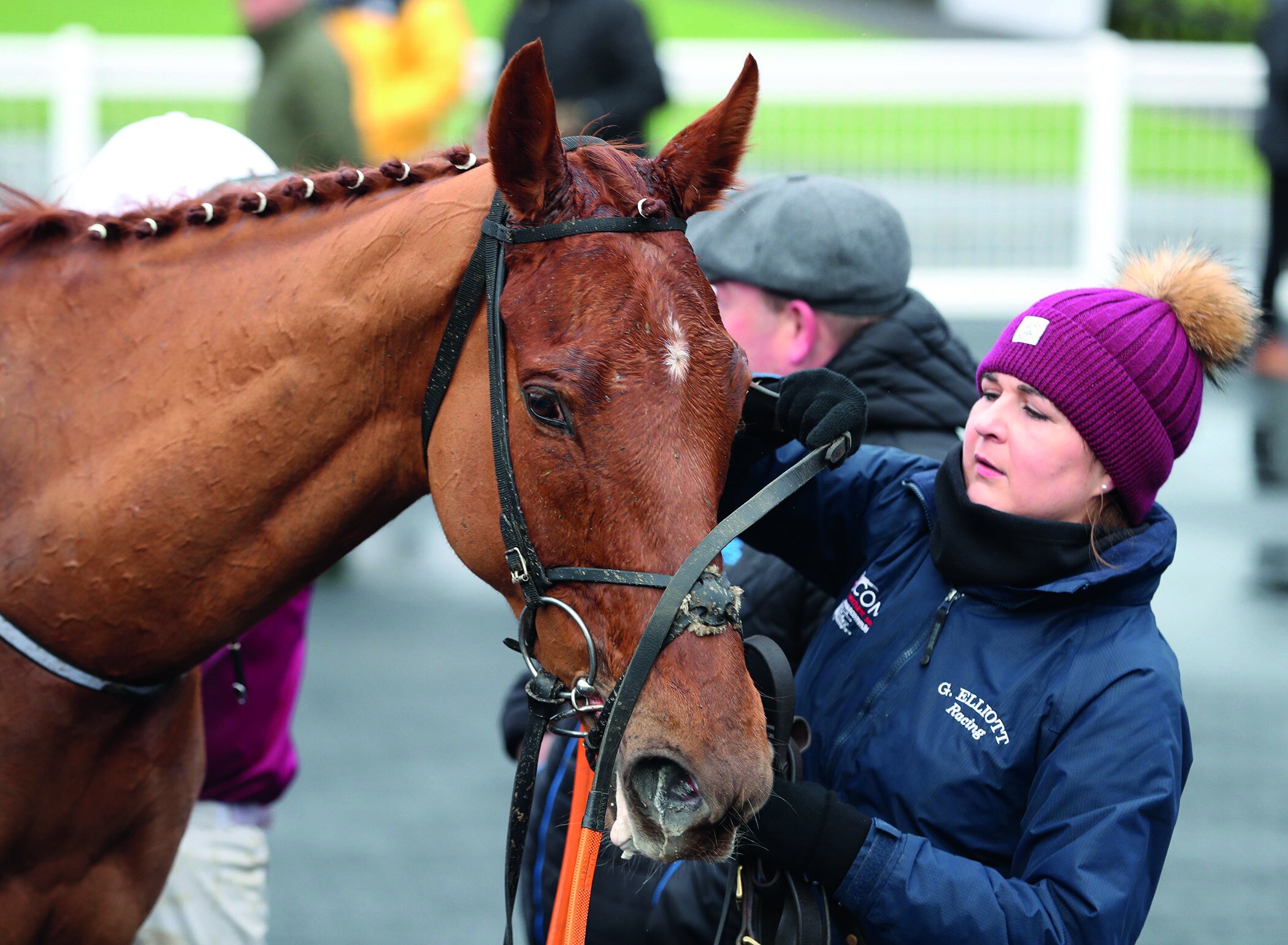Trainers and the importance of communicating with owners
By Lissa Oliver
We are all in agreement that in an ideal world training fees should increase, as too the remuneration for existing staff and the ability to increase the team. We also recognise the scenario of “you get what you pay for”, and there is no doubt that owners would be happy to pay slightly more for a better service. But the tipping point doesn’t only come down to prize money. Horses cannot be expected to pay their way, but their owner still expects a certain level of enjoyment and engagement.
How would you feel if you were in the position of the female owner who recently revealed, “I only have two horses in training—one with a very high-profile trainer. She was injured and has stood in her box for most of the year. She hasn’t run in over 300 days and I have received no communication from her trainer throughout that time, other than a bill each month. I was surprised to see she has been entered and declared for a race at the weekend, and still no communication from her trainer!”
The same lady, who doesn’t want her trainers named, reveals that she receives daily updates of her second horse, with a different but equally renowned trainer. “I receive videos of her at exercise, photos of her in the yard and of course updates about her progress and racing plans.” She has younger homebred horses waiting in the wings, and despite the prestige and proven results of the non-communicative trainer, he is unlikely to receive another horse from her.
Just as results can’t be relied upon to pay the bills, so a trainer can’t simply rely upon his or her own results to attract and retain owners. Good communication and fully engaging owners have never been more important skills than during pandemic-stricken 2020.
We may have been used to regular visits from owners and discussions in person, without any need for remote communication, but in 2020, that ended for everyone. Whether we want to adapt, or see any need to adapt, the option has been taken from us; remote communication has become a necessity.
For many trainers, keeping in active contact with absentee owners has always been a part of daily business. You don’t necessarily need time or technical skills to engage your owners. There may be staff or family members who are happy to assist with social media updates, and the curation of yard photos and videos can be a team effort.
Facebook, Twitter, Instagram and YouTube are increasingly popular platforms for instant updates, feeding easily into a website to keep the website current and dynamic. WhatsApp and other chat groups are useful for private group messages—one message goes to all in the group; and Facebook allows for private and group pages—a single point for sharing information that can be accessed by all those invited. None of the platforms require technical skills or high-tech equipment, so there really is no excuse for failing to keep owners involved.
Gina Rarick, based in Chantilly, has a dedicated private Facebook group page where entries, morning work videos, race replays and photos are posted; and she also has her own YouTube channel to which anyone can subscribe for free (www.youtube.com/user/GallopFrance). Regular uploads include horses-in-training, race day videos, explanations of training methods, and French racing rules and customs.
Ger Lyons
Even just maintaining a website can be a big step in the right direction. “We’re quite proud of our website,” says Newmarket trainer Charlie Fellowes. “Any syndicate we form has a WhatsApp group set up for all members so that we can instantly send a video of the horse on the gallops, which enhances the ownership experience.” A comprehensive gallery shows candid photos of the horses at home and at work, sent to owners regularly to keep them in touch and feeling a part of the process. YouTube links provide video footage, too. Fellowes also writes a lively and up-to-date blog, so it’s genuinely possible to follow the yard from anywhere in the world and always feel a sense of personal involvement.
Alex Hutter of Gordon Elliott Racing uses the The Racing Manager app to regularly send pictures and video to owners.
Trainers Jamie Osborne and Ger Lyons are others well-known for their daily Tweets and blogs, which Lyons says takes no more than 10 minutes each morning. Establishing five or 10 minutes per day for blogs or Tweets should be part of a trainer’s daily administrative business, keeping to a regular routine. The easy direct sharing of photos and videos is possible on all smartphones, and there are several apps on the market to assist trainers or syndicate managers with larger group sharing, which may include race entries and race replays—with pricing starting at around €30 per month or on a per-horse basis.
Alex Hutter, racing secretary for Gordon Elliott Racing, tells us, “We currently use The Racing Manager app and try to send our owners pictures and videos of their horses as often as we can. We try and set aside at least one afternoon per week to do this in the yard and each owner receives a video of their horse at the races in the paddock every time they run. It’s definitely beneficial to the business as you can never give the owners too much feedback. With the year that it has been, all of our owners have really appreciated the content that we have sent them.” …





